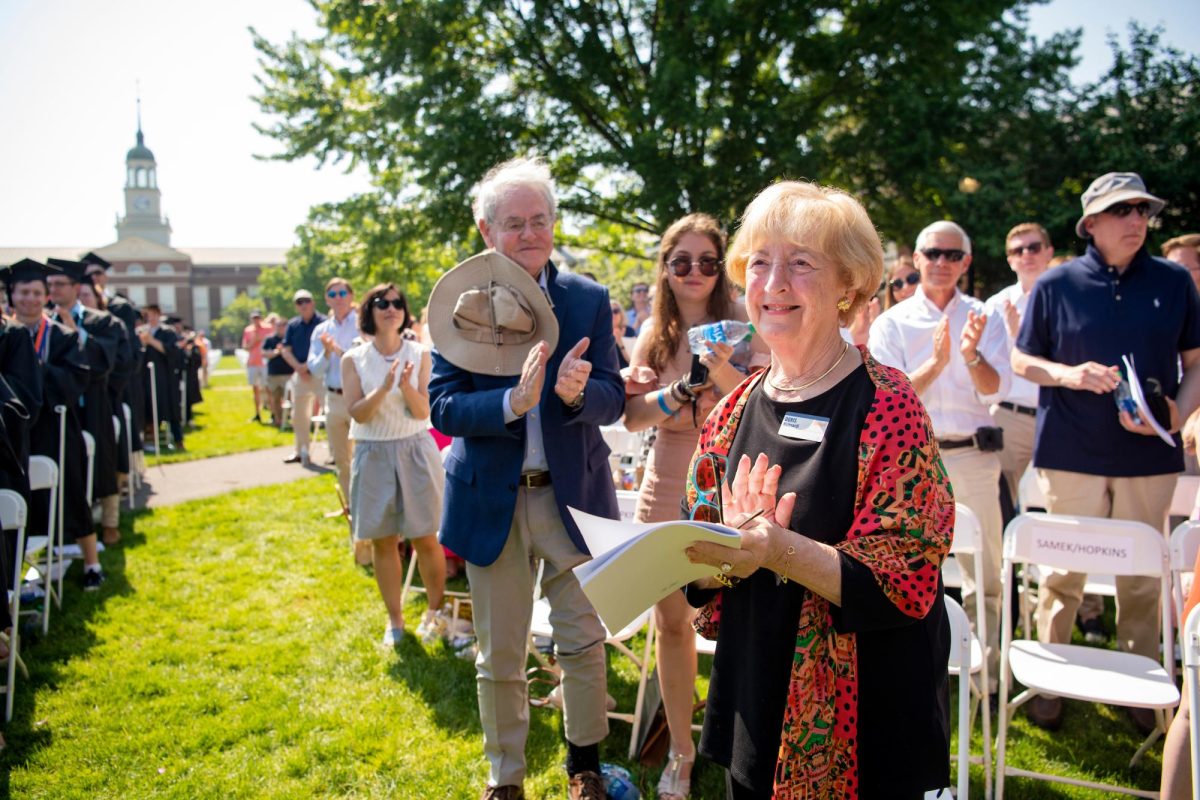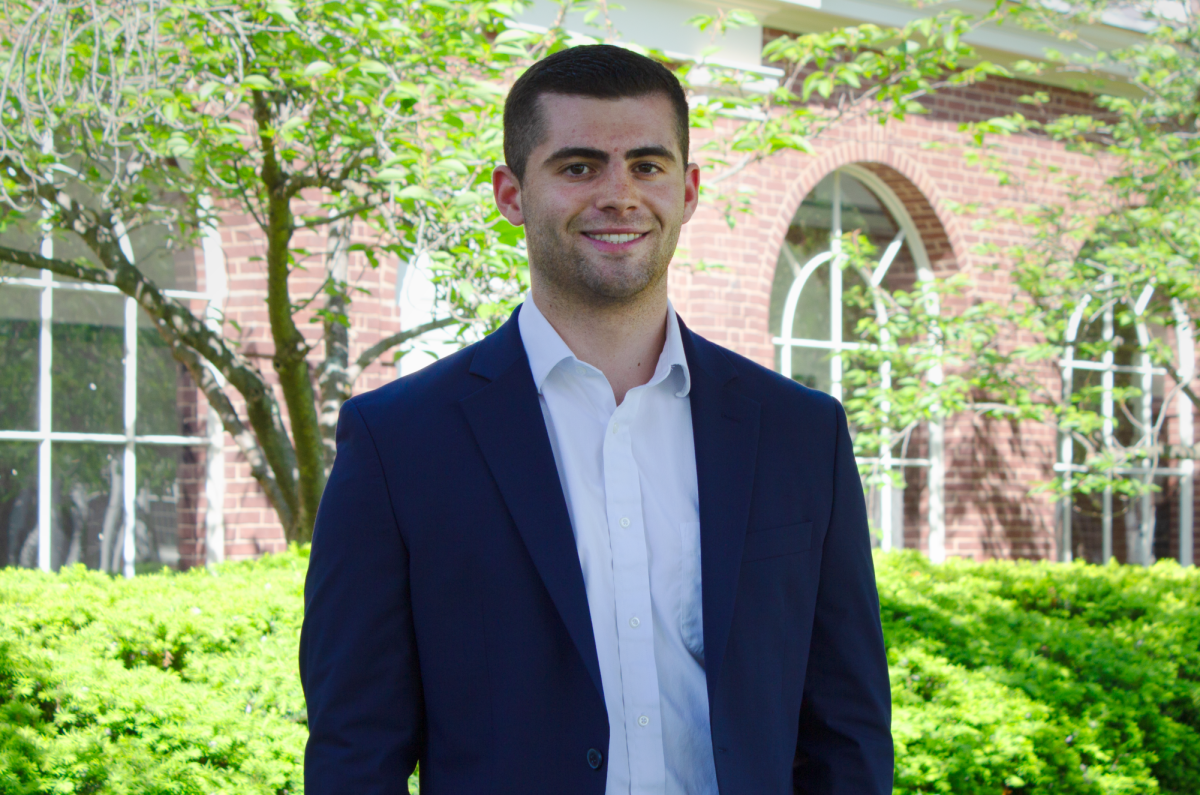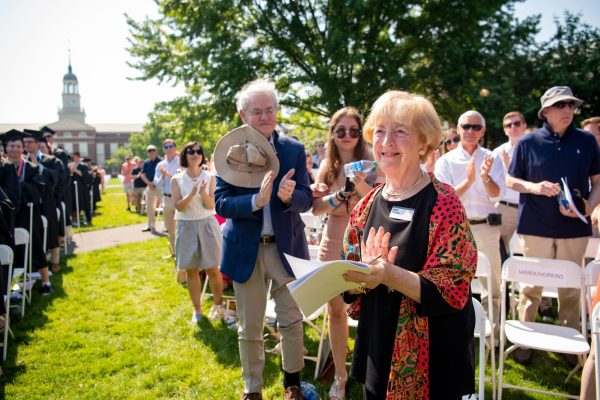Cornell professor finds developmental link between songbirds and infants
March 27, 2014
Michael H. Goldstein from Cornell University’s psychology department gave a lecture informing students about his research that compares the connection between interpersonal relations in songbirds and infants on March 20.
Goldstein explained that his research began when he recognized similarities between communication development in the birds and in that of babies. A male bird’s song develops through positive reinforcement that comes in the form of wing movement from female birds. Likewise, babies are rewarded for babbling through a parent’s smiling and physical touch. In both birds and babies, simple behaviors have big effects on advancements in communication.
“Social feedback is crucially important to the system,” Goldstein said. “Circulating causal loops of action and interaction that are distributed inherently over multiple individuals are what are allowing immature vocalization to be elaborated into these sophisticated, smart, and adaptive systems of vocal communication.”
During his graduate school years as a bird guide, Goldstein noticed a baby in a stroller babbling and was immediately struck by how the baby’s sounds reminded him of a bird’s immature “plastic song.” Goldstein had the idea to open a baby lab in the same building as his bird lab, and began the first research of its kind.
An array of students and faculty from both the psychology and neuroscience departments attended the event.
“We had a wonderful large audience,” Ruth Tincoff, assistant professor in psychology and director of the University’s own baby lab, said. “We were informed about research going from reward circuits of the brain up to social interactions between parents and infants.”
“I really appreciated how the speaker applied observations from bird species to people and how we acquire language,” Anna Freundlich ’14 said. “I also appreciated how similar the two systems are to each other.”





















